Compare other products
We currently don't have that product, but here are others to consider:
How we picked theseWhat is a bank account?
A bank account is a deposit product that holds your money. It's the main account that you use to access your money and pay for things. Banks, credit unions, building societies or other financial institutions offer them. Bank accounts are also often referred to as everyday accounts or transaction accounts.
Your employer can deposit your salary or wages directly into your bank account, which you can access whenever you want through ATM cash withdrawals, EFTPOS purchases with the linked debit card or bills payment.
How to compare bank accounts
When starting your bank account comparison, consider the following features to make sure you choose the right bank account for you.
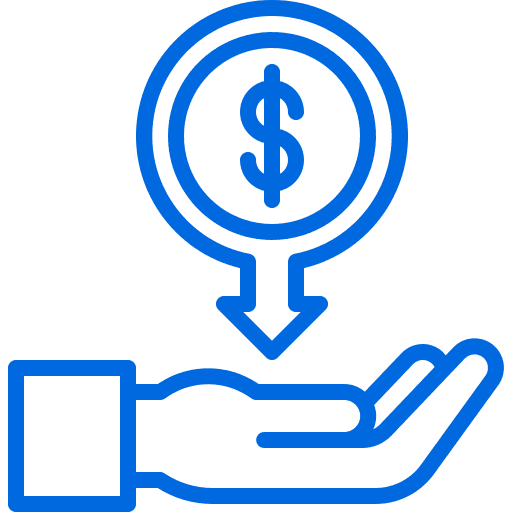
Consider the account-keeping fees.
Look for an account that charges no or low monthly account keeping fees. Or, if there is an account-keeping fee, you can often get the fee waived by depositing a certain amount of money into the account each month.
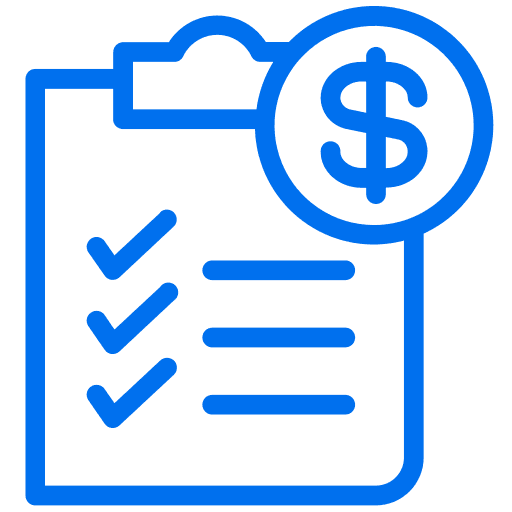
Check the deposit conditions.
If the account requires you to meet a monthly deposit requirement (this can be anywhere from $200 to $2,000 a month), make sure it's an amount that you can easily meet each month.
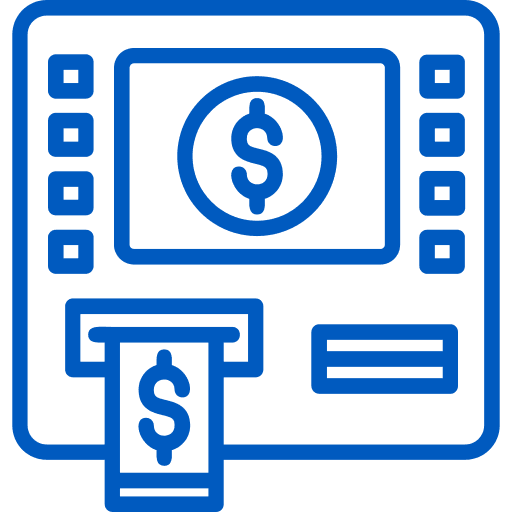
Check the ATM fees
Will you be charged an ATM withdrawal fee to access your cash? Don't forget to check the overseas ATM withdrawal fee too as this can be quite high with some bank accounts.
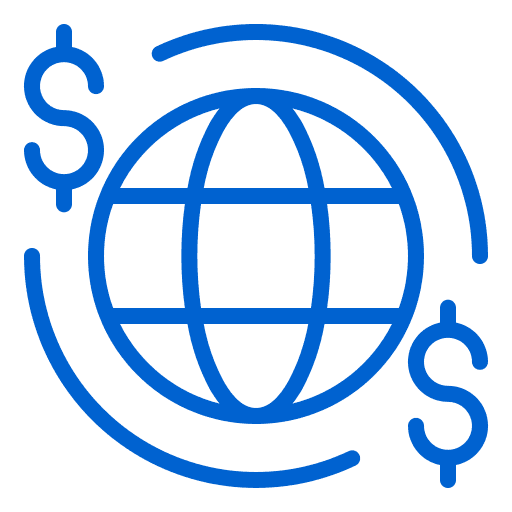
Compare the overseas fees and charges.
If you travel a lot or regularly shop online from overseas retailers, check the international transaction fee when comparing bank accounts. Some bank accounts don't charge an international transaction fee at all, and others will waive this fee if you meet certain deposit conditions.
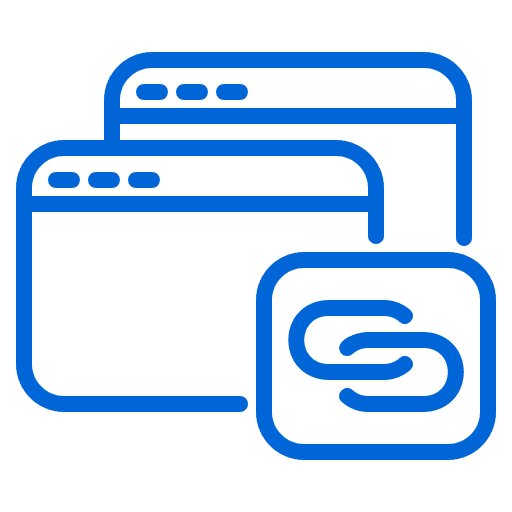
Look at the linked savings account.
If you want to link a savings account to your bank account with the same bank, check the interest rate you can earn with the savings account. If you're trying to save money, the more interest you can earn on your savings account the better.
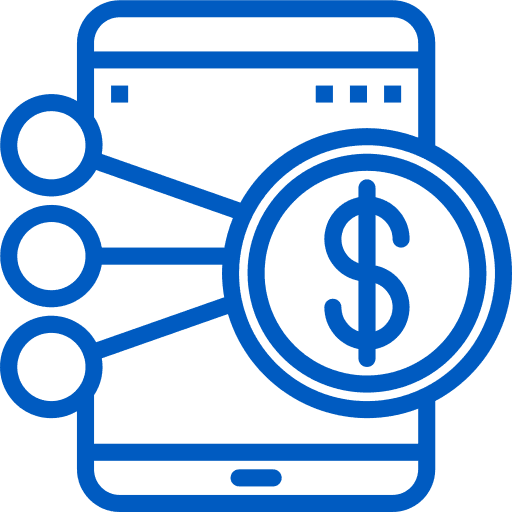
Consider the payment options.
If you want to make contactless purchases with your phone, check that the bank account supports Apple Pay, Google Pay or Samsung Pay. If you want to make instant bank-to-bank transfers, looking for an account that offers instant payments with PayID and Osko.

Do you need a joint account?
If you're looking for a bank account that you can share with another person (such as your partner), make sure you check if the account can be opened as a joint bank account. Most bank accounts can be opened as a joint account.

Does it offer any special deals?
Some bank accounts offer cash bonus offers or cash back deals when you open an account. Others will offer an ongoing cashback offer when you make purchases. Just make sure the fees charged on the account don't outweigh any benefit offered with these cash promotions.
How does Finder help compare bank accounts?
Every year Finder's data analysts and banking experts assess 200+ bank accounts in our database to look for the most competitive products in the market as part of the annual Finder Awards. To determine the best transaction accounts we look at all the accounts in our database and filter for those with no account keeping fees, no local ATM fees and no international transaction fees. From here, we assess the extra benefits and features these accounts offer and determine which account offers the most value overall - usually in the form of a cash back offer, interest or rebated ATM fees.
As well as our annual awards program our Finder authors have researched and published 100+ banking guides and product reviews, and regularly appear in the media, for example on Sunrise, 7News and SBS News.
Bank accounts: Key features and benefits
- Safer than cash. Bank accounts offer a secure place to hold your money. It is much safer (and easier) than keeping your money in physical cash. Plus, the Australian government protects your deposit up to $250,000 in an Australian bank account.
- Easy access to your money. The money in your bank account is yours to access and use whenever you want. You can withdraw cash at an ATM, use the debit card to purchase things in stores, pay your bills or shop online 24/7.
- Free debit card. Bank accounts come with a free debit card linked to your account, usually either Visa or Mastercard debit card. You can use this debit card in stores in Australia and overseas, at ATMs and online. Unlike a credit card, the money on your debit card is limited to what you deposit into the account.
- Transaction history. You can see all your past bank account transactions and purchases by logging into your Internet banking portal or mobile banking app. This is handy to keep track of where and how you're spending your money.
- No interest charged. Unlike a credit card that is a type of loan that you need to repay, the money in your bank account is your money. You can only spend what you have in the bank account, so there are no interest repayments to worry about. There's also no risk of spending more than you have.
- Mobile banking app. Most bank accounts offer mobile app access. You can keep track of your bank account, manage your expenses and see your transactions in the app 24/7.
- Linked to savings. A bank account can also be linked to a savings account with the same bank. You can move money from your savings into your bank account so you can spend it when needed.

"Bank accounts seem like a pretty basic product - but don't overlook the fees. International fees may not mean much day to day, but can really stack up when you're on holiday tapping away at the swim up bar. This is often a % of the transaction and can range from 0% to 3%+. There's also international ATM fees, so if you're someone that holidays even once a year - be sure to check that. "
Bank account or savings account: Which do you need?
A bank account (also called a transaction account) and a savings account are two different types of accounts that serve different purposes. A bank account is a transaction product designed for daily use to buy things in stores, withdraw from ATMs, pay bills, transfer money to friends and receive your salary or wages. A bank account comes with a debit card but typically doesn't pay interest on your money (although there are some rare examples of bank accounts that do pay interest, such as the Macquarie Transaction Account).
A savings account is another account that you can link to your bank account. A savings account pays interest on the money in the account as it's designed to help you save. It doesn't come with a debit card as it's not meant to be used as a transaction account for purchases and day-to-day spending.
You don't have to pick just one of these. In fact, having both a bank account and savings account linked together is a great way to manage your spending and saving side-by-side.

"I have 3 bank accounts. The first is where my salary is deposited and it's the account that's linked to my high interest savings account. I use this bank account for all my personal spending and to move money into my savings each month. The second is a joint account with my husband for shared expenses and bills.
The third bank account is one I don't use much, but I keep it there for any income I earn outside of my full-time job. So if I do some freelance work, for example, I'll get paid into this separate account as it helps me see what I've earned outside of my main job when it comes to tax time."
How to open a bank account
Here's how to open a new bank account online in 5 steps:
- Compare. Compare bank accounts using the table above and find the right one for you.
- Apply online. Once you've chosen one, complete the online application form.
- Add your details. Fill in your name, age, address, contact details and residency status.
- Verify your identity. Once the bank has verified your identity with your driver's licence, passport or other forms of ID, your account will be opened instantly.
- Fund your account. Transfer some money into your new bank account from another account or deposit cash into the account via a bank branch, ATM or Post Office. You'll soon receive your debit card in the mail.
What type of bank account are you looking for?
Need a bit more help choosing a bank account? The right bank account for you will depend on how you plan to use the account and what you're looking for.
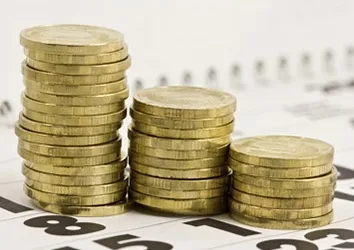
Bank accounts to use overseas
If you travel a lot or often purchase things online from overseas merchants, these bank accounts charge low or no foreign transaction fees or international ATM fees.
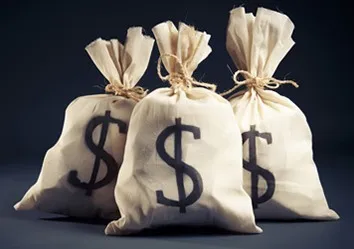
Business bank accounts
If you're a business owner, compare business bank accounts to keep your business banking separate from your personal banking.

Bank accounts for expats
If you're in Australia to study or for work, there's a number of bank accounts that you can compare.

Student bank accounts
Compare bank accounts that waive the monthly account keeping fees while you're a student.

Joint bank accounts
A joint bank account gives more than 1 person access to the account. These are convenient for couples with shared finances.
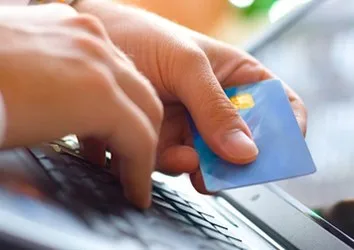
Fee-free bank accounts
Compare bank accounts with no monthly account keeping fees and no ATM withdrawal fees to save you cash.
Frequently asked questions
Why you can trust Finder's banking experts
 You pay nothing. Finder is free to use. And you pay the same as going direct. No markups, no hidden fees. Guaranteed.
You pay nothing. Finder is free to use. And you pay the same as going direct. No markups, no hidden fees. Guaranteed.
 You save time. We spend 100s of hours researching bank accounts so you can sort the gold from the junk faster.
You save time. We spend 100s of hours researching bank accounts so you can sort the gold from the junk faster. You compare more. Our comparison tools bring you more banking products from across the market.
You compare more. Our comparison tools bring you more banking products from across the market.
Ask a question
20 Responses
Read more on Bank Accounts
-
Australian debit card statistics
Explore how the typical Australian uses their debit card in our detailed guide to debit card statistics.
-
How many bank accounts should I have?
It's common to have a few different bank accounts that each have a different purpose. Here's how you may benefit from having multiple bank accounts and the traps to avoid.
-
PayID: What it is and how can I set one up?
PayID allows you to transfer money in real-time without entering your recipients BSB and account number. Read this guide to learn about the benefits of PayID and how to set it up.
-
How do I get a virtual debit card?
What are virtual debit cards, how do they work and what benefits do they offer? Find out here.
-
How to transfer money using a phone number
Some banks allow you to send money using someone's phone number instead of a BSB and Account Number. If your bank doesn't have this feature you can usually use PayID instead - here's how.
-
What to do if your bank account is hacked
Learn what to do if, in the unlikely event of a cybercrime attack, your bank account is hacked.
-
Travel debit cards to use overseas
A travel debit card is just a regular Australian debit card with less international fees an charges, making it a great option to use overseas. See a range of debit cards suited for travel in this guide.
-
Debit cards with rewards and benefits
With a rewards debit card in your wallet, you can earn points or get cash back while using your own money.
-
Best bank accounts in Australia
The best bank account will help you manage your everyday spending with low fees and easy access to your money. Check out our Top Picks curated by experts.
-
Compare debit cards
When used wisely, a debit card provides you with great flexibility when it comes to handling your everyday financial needs.

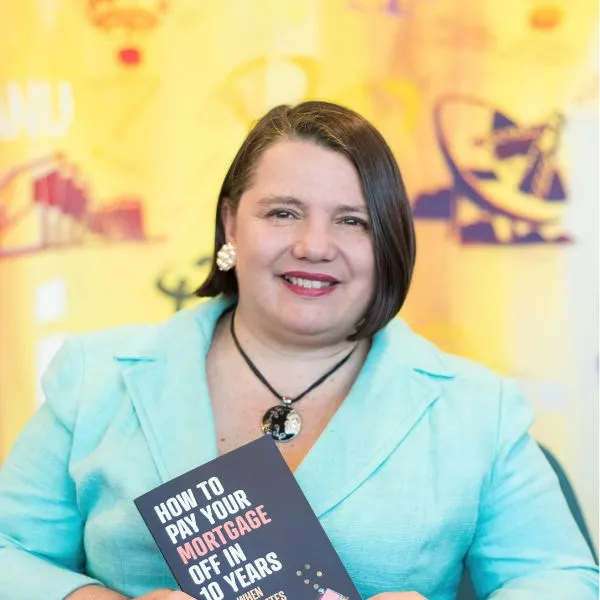
You mention that some banks have a feature to round up the spare change from debit card purchases and automatically sweep that change into a savings account. When I click on the link, there is no filter for this feature. Which banks offer this facility?
Thanks
Hi Encea,
Thank you for your inquiry.
I believe you’re referring to automated savings. If this is the case, you will love reading our guide, “Round up savings accounts and apps.” On the same page, you’ll be able to compare bank accounts with special savings features.
I hope this information has helped.
Cheers,
Harold
Hi i have a new account with bank sa what id the maximum daily funds transfer amount to s third party bank sa account
Hi Nae,
Thanks for your question.
If you are transferring to somebody else’s account within BankSA via Internet Banking, there is a cumulative limit of $5,000 per account per day with a maximum limit of $25,000 per day. For example, if you are transferring to 5 different accounts, you may transfer $5,000 to each account per day.
You can also increase your daily limit to $100,000 by completing the Internet and Phone Banking Payee Account Information form found on BankSA website. It normally takes up to 2 business days for the form to be processed.
Cheers,
Anndy
please help me with National Australia Savings Bank
Hi Joseph,
Thanks for your question.
How can we help you today with National Australia Savings Bank? :)
I’m travelling to Phuket, Thailand do Wednesday morning and will be needing to access some funds on my debit anz bank card, but I am unsure of the cost of fees that I explained be charged to get money out. Any information would be greatly appreciated. I have rung and asked the same question to an anz team member but they sent me an email which did not advise of the cost of fees.
Hi Scott,
Thanks for your question.
Assuming that you’re referring to the ANZ Access Advantage, here are the fees:
Overseas transaction fees – 3% of value (charged whenever you transact in a currency other than AUD)
Overseas ATM transaction fee – $5 (charged when you withdraw from a non-Aussie ATM)
Local ATM transaction fee – $Varies (charged by the ATM you’re withdrawing from, fee is decided on a case by case basis)
Hope this helps.
Can I do cardless cash
Hi Boahjunor,
Thanks for your question.
Yes, you can apply for an account that supports cardless cash. You can compare debit cards with cardless cash and learn how to use cardless cash in this guide. Please ensure to read through the relevant product disclosure statement and terms and conditions to ensure that you got everything covered before you apply.
Cheers,
Shirley